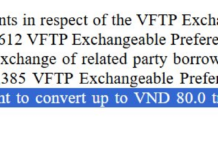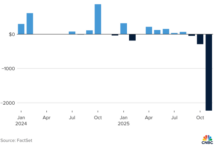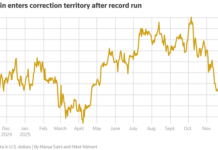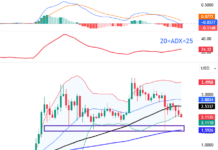
The province will not extend the deadline if the project has not completed the land and rent procedures by the specified date. Illustrative image
According to the new adjustments, the project is divided into two phases with a total area of nearly 49.3 hectares. Specifically:
Phase 1 (27.45 hectares) will complete compensation and site clearance by September 2026 and finalize land lease procedures with the state before December 2026. Subsequently, infrastructure construction will commence in 2027, with completion targeted for December 2027 to attract secondary investors.
Phase 2 (21.79 hectares) will conclude compensation and site clearance by December 2026, finalize the land lease by March 2027, and complete all technical infrastructure by December 2027.
The reason for this adjustment is the compensation and site clearance process encountering several objective obstacles: Luận Thành (formerly Thường Xuân district, which transitioned to a two-tier government model on July 1, 2025) has not yet determined land origins nor allocated sufficient resettlement land for affected households.
The People’s Committee of Thanh Hoa province emphasized that this extension decision is contingent upon the investor adhering to the specified milestones. If, by the end of December 2026 (Phase 1) and March 2027 (Phase 2), the land and rent procedures have not been finalized, the decision will become legally invalid, and no further extensions will be considered (except for cases of force majeure as defined by law). The investor will also not be eligible for compensation or support for any costs incurred.
This move demonstrates Thanh Hoa’s commitment to facilitating site clearance while ensuring that the Khe Ha Industrial Cluster project expedites infrastructure completion. This will provide clean land to attract secondary investors for production and business activities, fostering industrial development in the western region of the province.
“Accelerating the Progress of Four Key Northern Expressway Projects: A Machine and Manpower Marathon”
On August 24, Deputy Prime Minister Bui Thanh Son chaired a meeting with the provinces of Tuyen Quang, Cao Bang, and Lang Son to discuss the progress of four key expressway projects: Tuyen Quang-Ha Giang (the section passing through the old Ha Giang province), Tuyen Quang-Ha Giang (the section in Tuyen Quang province), Dong Dang-Tra Linh, and Huu Nghi-Chi Lang.
The Decade-Long Saga of an Unfinished Bridge: A Tale of Leadership Woes in Danang
“The progress of delayed projects in the southern part of Da Nang city is now under direct scrutiny, including the infamous Tam Giang Bridge project that has been under construction for eight long years. The Vice Chairman of the Da Nang People’s Committee has issued an ultimatum, demanding swift action and results.”
The Smart City Development: A Visionary Proposal for Chu Lai
“Secretary of the Danang City Party Committee, Nguyen Van Quang, emphasized the importance of developing a vibrant ecosystem within the Chu Lai Open Economic Zone and industrial parks. He envisioned the creation of a liveable environment with essential services, housing, and entertainment options. Mr. Quang proposed the development of “Truong Hai City” or “Thaco City,” potentially even a smart city, to transform the area into a thriving and attractive destination.”











































